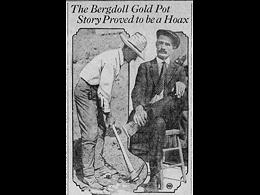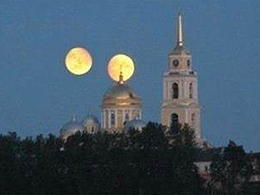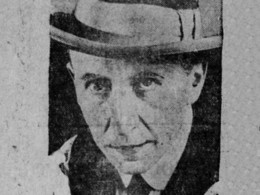August 19, 1961: $20,000 Award a Hoax
For years, Inez Miller of Pasadena, CA had worked behind a desk as a receptionist. But her receipt of the French Academy of Arts Victor Hugo Award, valued at $20,000, revealed she had a secret life as a celebrated painter and had been using all the money from the sale of her work to aid orphans and young artists, while supporting herself only on her income as a receptionist. She received the prize in honor of her philanthropic work, and news of her award made national headlines. But two days later, on this day in 1961, Miller admitted it was all a lie. There was no Victor Hugo Award, nor was she a painter. She was just a receptionist. [
Spokesman-Review]















